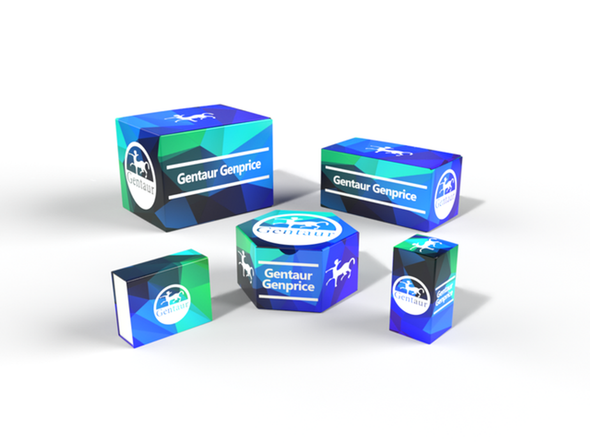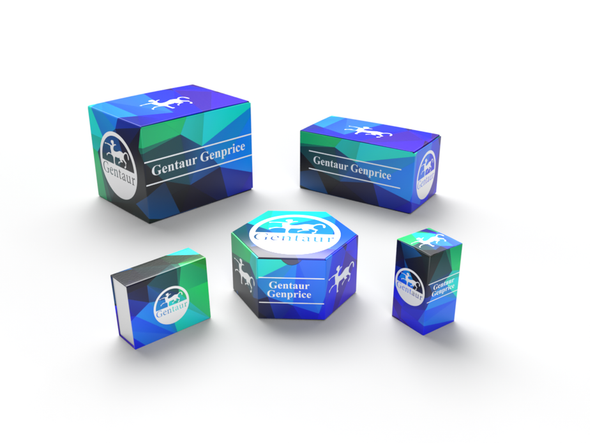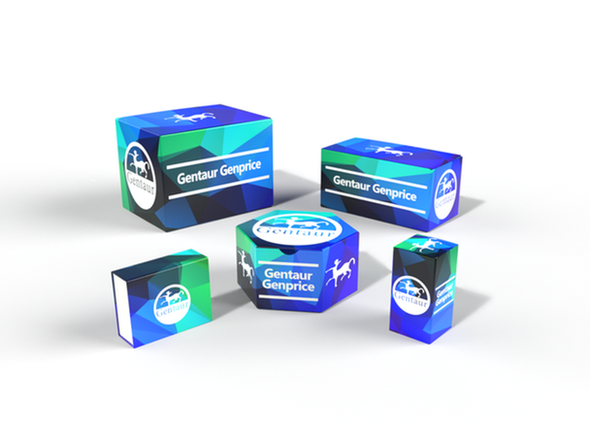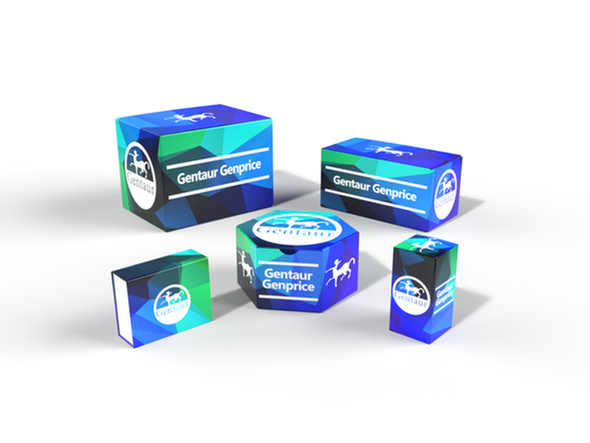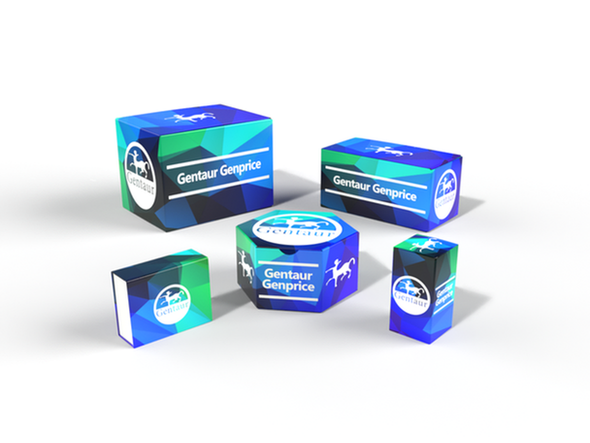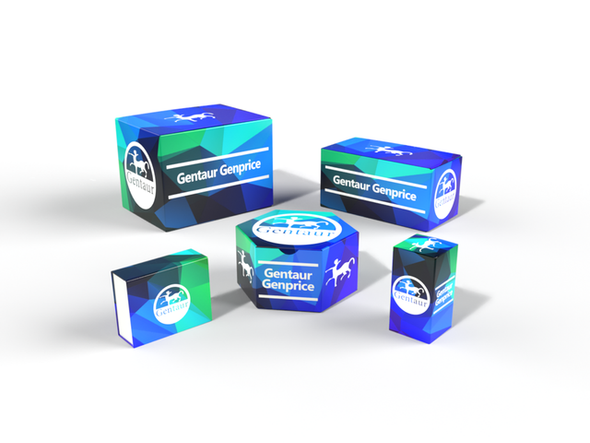BW
EPCAM Rabbit monoclonal Antibody | BS9918M
- SKU:
- BW-BS9918M
- Availability:
- Usually ships in 5 working days
Description
EPCAM Rabbit monoclonal Antibody | BS9918M | Gentaur UK, US & Europe Distribution
Host: Rabbit
Reactivity: Human,Mouse,Rat
Application: WB
Application Range: WB: 1:1000-1:5000
Background: The epithelial cell adhesion molecule Ep-CAM, which is also design atedtumor-associated calcium signal transducer 1 and MK-1, is a monomeric membrane glycoprotein that is expressed in most normal human epithelium and in most carcinomas. The human Ep-CAM gene encodes a 314 amino acid protein that is expressed as two forms, a 40 kDa major form and a 42 kDa minor form, which are reduced to 35 kDa upon treatment with the aminoglycosylation inhibitor tunicamycin. Ep-CAM is overexpressed in a variety of carcinomas and is, therefore, a potential target for the visualization and therapy of human solid tumours. Ep-CAM contains an extracellular domain containing two epidermal growth factor-like repeats, followed by a cysteinepoor region, which are necessary for the adhesion properties of the molecule.
Storage & Stability: Store at 4°C short term. Aliquot and store at -20°C long term. Avoid freeze-thaw cycles.
Specificity: This Antibody detects endogenous levels of EPCAM and does not cross-react with related proteins.
Molecular Weight: ~ 40 kDa
Note: For research use only, not for use in diagnostic procedure.
Alternative Names: Epithelial cell adhesion molecule; Ep-CAM; Adenocarcinoma-associated antigen; Cell surface glycoprotein Trop-1; Epithelial cell surface antigen; Epithelial glycoprotein; EGP; Epithelial glycoprotein 314; EGP314; hEGP314; KS 1/4 antigen; KSA; Major gastrointestinal tumor-associated protein GA733-2; Tumor-associated calcium signal transducer 1; CD326; EPCAM; GA733-2; M1S2; M4S1; MIC18; TACSTD1; TROP1
Immunogen: Recombinant Antibody.
Conjugate: Unconjugated
Modification: Unmodification
Purification & Purity: Protein A affinity purified
Pathway:


